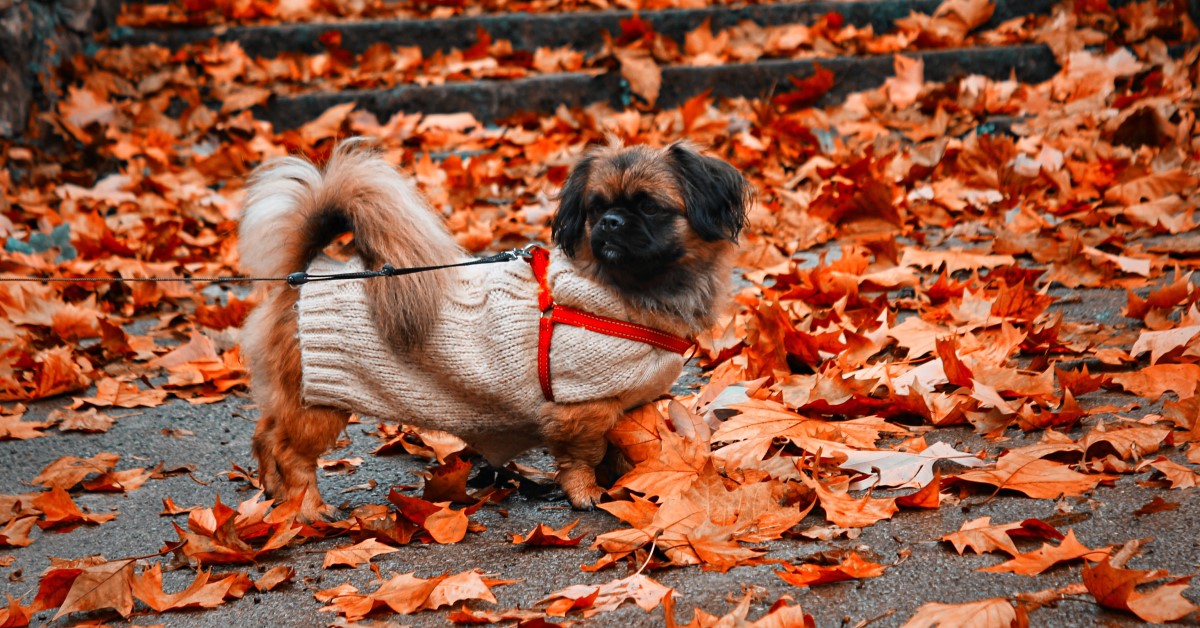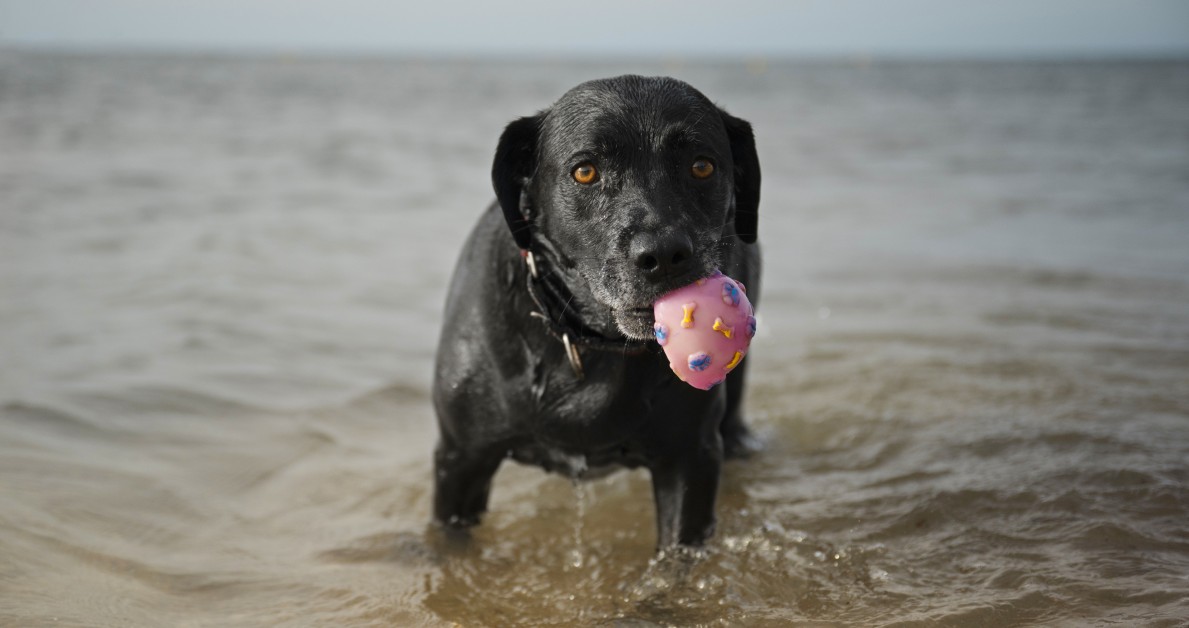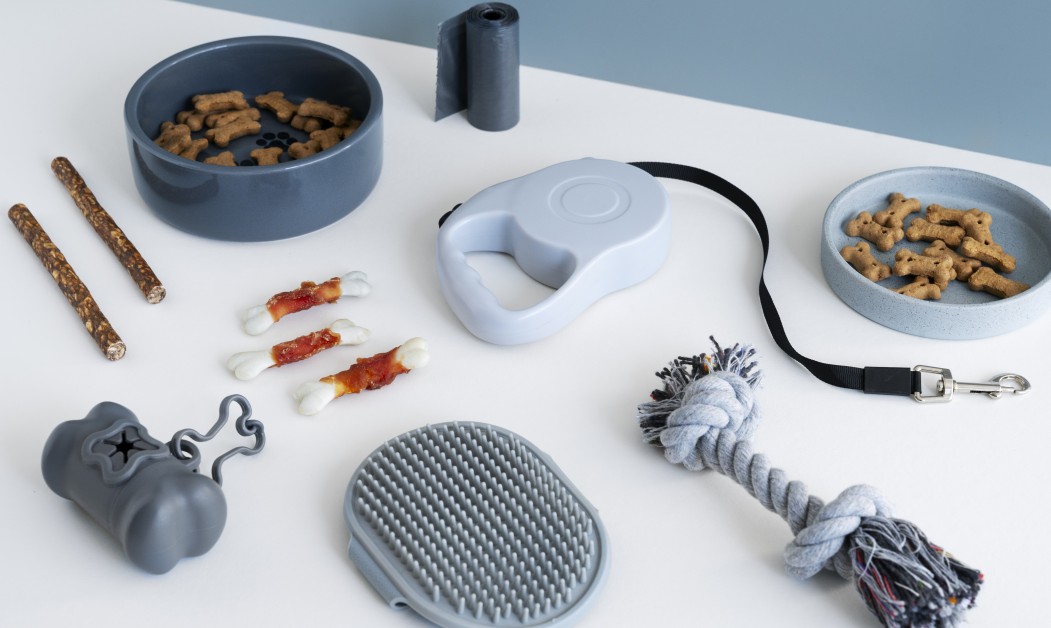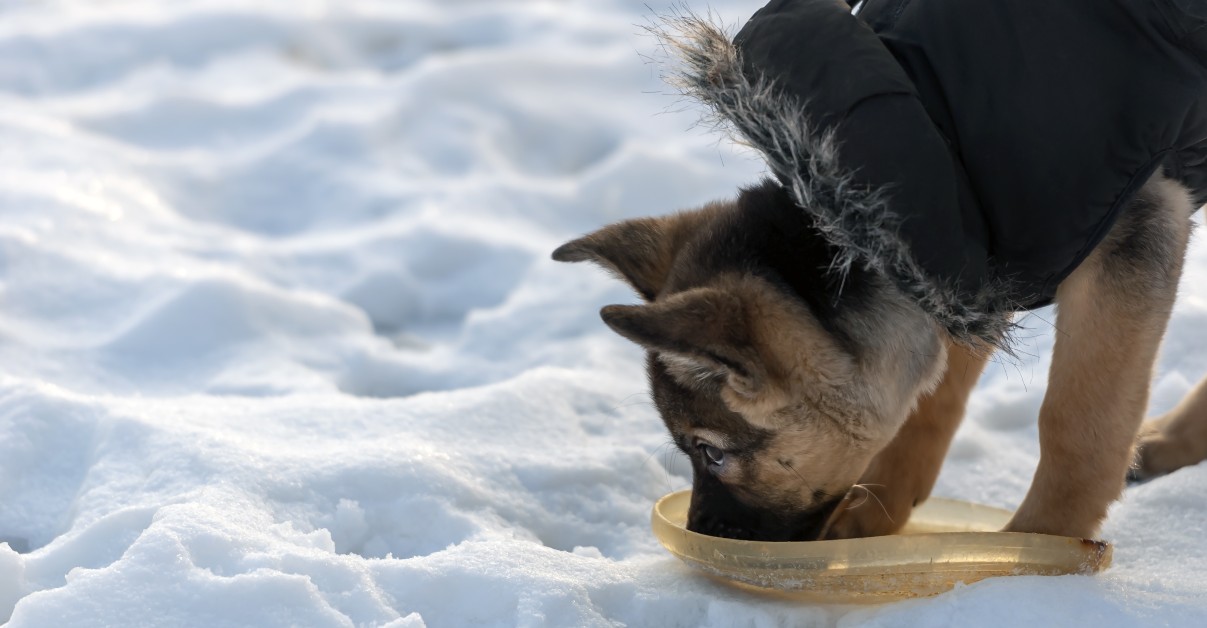Autumn Pet Safety Hazards – Risks and Prevention
Keep your pets safe and healthy this autumn with effective pet safety risk prevention tips.

Autumn brings many joys to pets and their owners, from snapping photos in cute costumes to jumping in piles of leaves. Unfortunately, the season also poses certain risks. With the arrival of fall, it’s important to familiarize yourself with common pet safety hazards and take certain precautions to prevent injury or illness to your four-legged friends. Review some of the leading autumn pet risks and prevention tips.
Common Autumn Pet Hazards for Dogs and Cats
One of the best ways to keep your pet safe this fall is to recognize and avoid common pet hazards, including:
Cold Weather
Low temperatures can be a major threat to cats and dogs, especially if left outdoors or in unheated spaces for extended periods of time. Not all animals develop the thick double coat needed to tolerate chilly weather conditions, meaning time spent outdoors should be limited. If you do venture outside, consider putting a pet sweater and/or dog booties on your pets to keep them warm and their paws safe from rock salt and ice.
Pet Allergies
Not all pets suffer from seasonal allergies, but those that do may experience sneezing, itching, hair loss, eye discharge, excessive paw licking, runny nose, and other respiratory symptoms. Mold and ragweed are among the biggest culprits, along with dust and grass. Look for signs of allergies in your pet and do your best to avoid common triggers. If your pet does show signs of allergies, speak with your vet about treatment options.
Thanksgiving and Holiday Foods
Everyone loves indulging in seasonal treats, whether it’s a Thanksgiving turkey or Christmas cookies. While there are some holiday foods that pets can safely eat, such as pumpkin, sweet potatoes, and berries, others should be avoided. Chocolate is amongst the most common threats to pets during the holidays, along with onions, garlic, raisins, grapes, and macadamia nuts.
Seasonal Plants
Many people like to keep seasonal plants in their homes during the holidays to add touches of color or pleasant scents. While many plants are harmless, some can cause serious illness or even death if ingested. Become familiar with holiday plants known to be toxic to animals, such as mistletoe, poinsettia, amaryllis, and Thanksgiving and Christmas cactus.
Parasites
Harmful parasites like fleas, ticks, and harvest mites don’t go away when the weather gets cooler. These parasites are still major threats that can cause your pet discomfort and possible illness. Certain parasites can lead to skin problems, such as redness and itching, while others can cause long-term diseases, such as Lyme disease. To best protect your cat or dog from parasites, remember to regularly deworm your pet and use parasite prevention methods, such as flea, tick, and heartworm preventatives.
Fall Décor
If you enjoy decorating for the fall season, you may have pumpkins, leaves, and warm, spice-inspired decorations throughout your house. Although pets tend to leave décor alone, there may be certain items in your home that catch your pet’s attention. If any part of the décor is consumed, it could pose a choking hazard or cause an intestinal blockage. Electrical décor, such as seasonal lights, can also cause shocks if chewed or create a fire hazard.
Rodenticides
Mice, rats, and other rodents may try to enter your home as the weather gets cold in an attempt to stay warm. In return, you may put out rodenticides to get rid of these pests. Unfortunately, accidental consumption of rodenticides by pets can cause serious illness and possible death. Be sure to keep these dangerous products away from your pets this autumn. The four main types of poison to avoid include anticoagulants, phosphides, cholecalciferol, and bromethalin.
Acorns
While acorns may seem harmless, they can actually be a major problem for people with dozens of acorns scattered in their yards. First, acorns can pose a choking hazard for pets that try to swallow them. If consumed, they can also cause blockages in the intestines. Next, acorns contain toxins called tannins that are poisonous to both cats and dogs. These toxins are not only present in the acorn itself but also in all parts of the tree, including the bark and leaves.
Jack o’ Lanterns
If you have young children or simply enjoy carving pumpkins in the fall, chances are you’ll have a jack o’ lantern or two around your home. While the pumpkin itself is harmless to your pet, the candle inside can be dangerous. If the pumpkin is knocked over by your pet, it can create a fire hazard. However, this problem is easily remedied by making the switch to flameless battery-operated candles. When using real candles, never leave your pet unattended with your decorations.
Keeping Your Pet Safe from Autumn Hazards
Autumn is a beautiful time of year, characterized by cooler days, vibrant leaves, and exciting seasonal activities. While your pet can safely join in on the fall fun, it’s important to exercise caution to keep your cat or dog safe from harm. Avoid the mentioned autumn pet safety hazards and take the necessary precautions to prevent other risks both in and out of the home. If you have any concerns about your pet’s health, whether it be a new allergy or unexpected exposure to a toxic food or plant, contact your vet immediately for guidance.
Ready to start saving money on pet wellness care?
Then take a look at Mint Wellness, the pet wellness plan that provides fast reimbursement on routine pet care. Save on vaccinations, wellness exams, preventatives, dental, and more!
Learn More


